Kensington Market
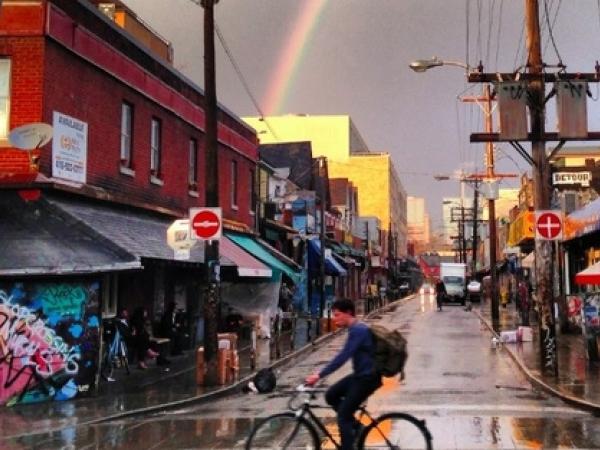
Kensington Market
Historic multicultural neighborhood in Toronto, host to eccelectic shops, people and sights.
Rifke (Rosalie Wise Sharp) grew up in North Toronto in a household very different from those of her peers. Her family's traditional Yiddish customs and hard life style made her feel like she was born into the wrong family. Over the course of her life - and its many experiences that range from despair to incredible wealth - Rifke realized the spartan lifestyle of her parents did wonders to stretch her mind, her creativity, and the importance of remember one's roots.

Historic multicultural neighborhood in Toronto, host to eccelectic shops, people and sights.
The opulant landmark hotel owned by Isadora Sharp and his wife, Rosalie Wise Sharp.

Can an entire city be a landmark? Absolutely. With its recognizeable skyline, beautiful waterfront, and rich history, Toronto - formerly known as York - is the most populous city in Canada and a shining example of history and modernity.
The first home of both The Art Museum of Toronto and the Ontario College of Art and Design, The Grange is a Georgian era manor and the oldest brick house in Toronto. Today it is an historic arm of the Art Gallery of Ontario, and sits next to the ground of Grange Park.
One of Toronto's historic meeting places, The Carlu - once known as Eaton's Seventh Floor - is a prime example of Art Moderne architecture. For many years it was the heart of Toronto's cultural life, but suffered dramatic decline and was almost demolished to make office space. In 2003, it was refurbished and became "The Carlu" - a premiere event venue.
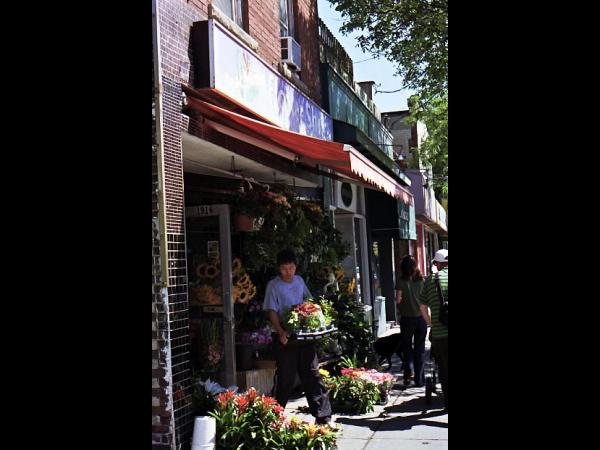
Located on the east side of the "old" city of Toronto, The Beach (also called The Beaches) is an upscale neighbourhood and tourist destination. Its boundardies traditionally span from Victoria Park Ave on the east side to Kingston Road on the North, to Woodbine Ave on the west side, and south to Lake Ontario. As its name indicates, it is known primarily for its uninterruped swath of beach between the R.C. Harris Water Treatment Plant and Woodbine Park.
The lakefront is divided into four beaches: Woodbine, Kew, Scarboro, and Balmy.

As much a part of Toronto's waterfront as The Beaches, Toronto's Islands are rich in history and the only group of islands on the west part of Lake Ontario. They are formed from the same land deposits associated with the Scarborough Bluffs.
Tours that might be of interest.
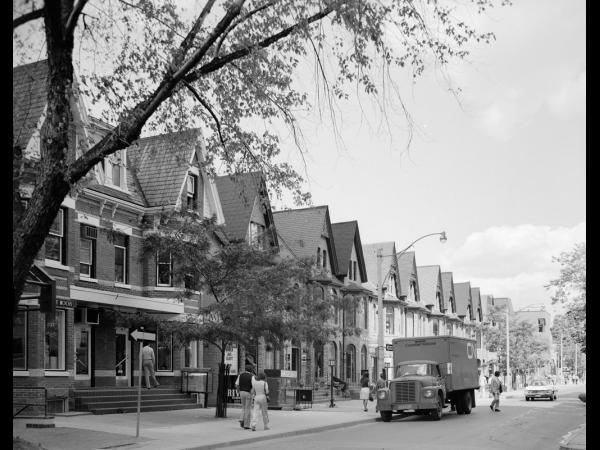
Yorkville is a high-end neighborhood in Toronto bounded by Bloor Street to the south, Davenport Road to the north, Yonge Street to the east and Avenue Road to the west. Yorkville in the 1960s bears little resemblance to the Yorkville of today.
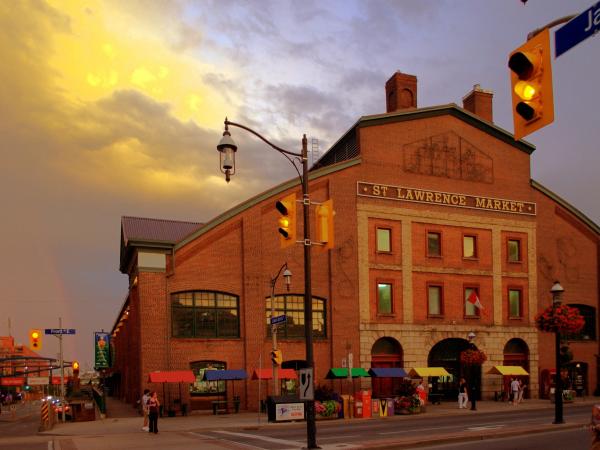
John Goddard's Inside the Museums is the perfect book to accompany this tour of all the designated heritage sites of Toronto. Toronto, as one would guess, is a culturally alive city that has not only lived through but helped foster some of the watershed moments in Ontario history.
Welcome to the historic Toronto Islands: North America's largest urban car-free community. This interconnected string of islands offers unique views of Toronto skylines, a throwback to an older era of recreation and resort life, and plenty of green space to take in.
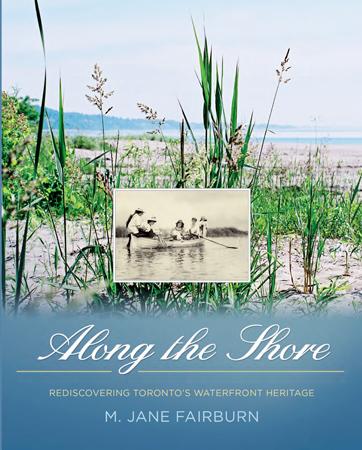
Along the Shore examines the Toronto waterfront, past and present, through the lens of four lakefront communities and districts — the Scarborough shore (including the Bluffs), the Beach, the Island, and the Lakeshore (New Toronto, Mimico, Humber Bay, and Long Branch). Each retains a direct and immediate connection with Lake Ontario and the natural world.
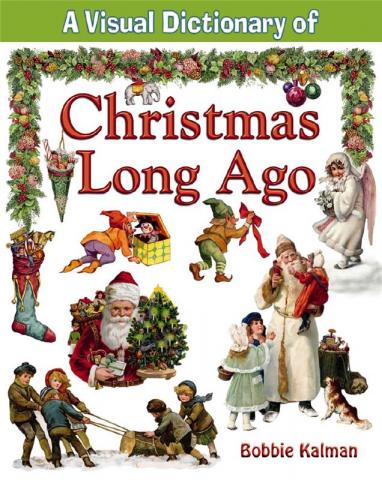
This illustrated dictionary introduces readers to early celebrations of Christmas in North America and around the world. Beautiful illustrations focus on Christmas customs and traditions in the Victorian era, especially those practiced by the early settlers in North America. Each spread features a particular Christmas theme and explains its origin.
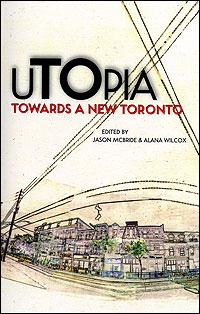
Since the election of Mayor David Miller in November 2003, Toronto has experienced a wave of civic pride and enthusiasm not felt in decades. At long last, Torontonians see their city as a place of possibility and potential. Visions of a truly workable, liveable and world-class city are once again dancing in citizens’ heads.
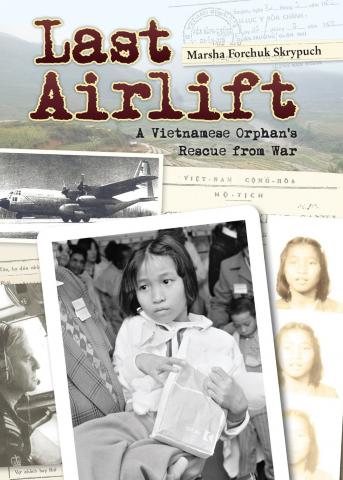
Like the other children in the Saigon orphanage, Tuyet dreams of a family of her own. But she is one of the oldest, and polio has weakened her and left her with a limp. Nobody will adopt a girl like her. Instead, Tuyet cares for the babies and toddlers, hoping that if she continues to make herself useful, the nuns will let her stay.
In Margaret Avison’s new poems, little pleasures are bound up with larger ones. Her slightest subjects – beloved Toronto parks with their population of oaks, firs, squirrels, dogs, kids, even ants, and the minutest sighs of her contemporary urban soundscape – all have their being within an immense composition that calls and hauls us to a largeness, a category-breaking “always unthinkable” beyond.
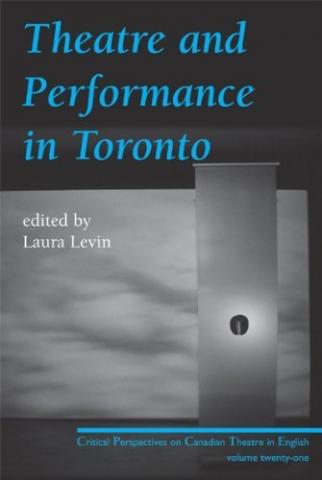
Theatre and Performance in Toronto gathers together for the first time a set of provocative critical essays that explore the development of Toronto as an important national and global site of cultural production. By highlighting a variety of strategies for reading theatre in Toronto, these essays ask timely questions about what it means to historicize performance in an urban context and how performance can serve as a usefu
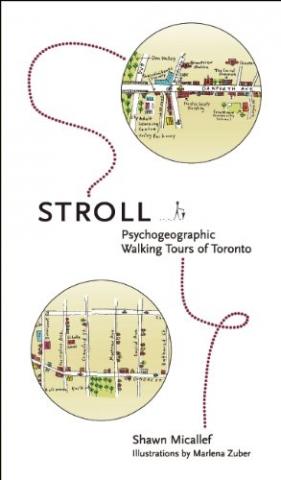
What is the ‘Toronto look’? Glass skyscrapers rise beside Victorian homes, and Brutalist apartment buildings often mark the edge of leafy ravines, creating a city of contrasts whose architectural look can only be defined by telling the story of how it came together and how it works, today, as an imperfect machine.
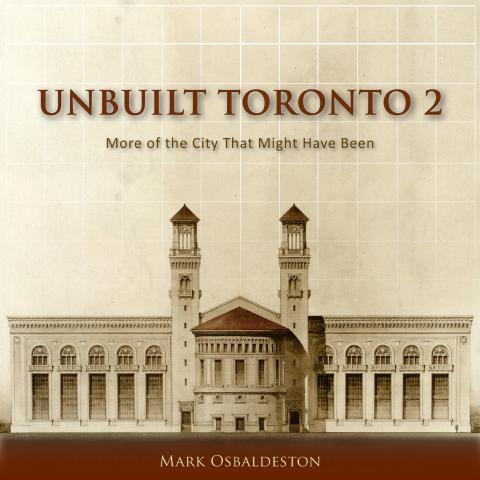
Winner of the 2012 Heritage Toronto Award of Merit
Quill & Quire cited Unbuilt Toronto as a book filled with "well-researched, often gripping tales of grand plans," while Canadian Architect said that it is "an impressively researched exploration of never-realized architectural and master-planning projects intended for the city." Now Unbuilt Toronto 2 provides an all-new, fascinating return to the "Toronto that might have been."
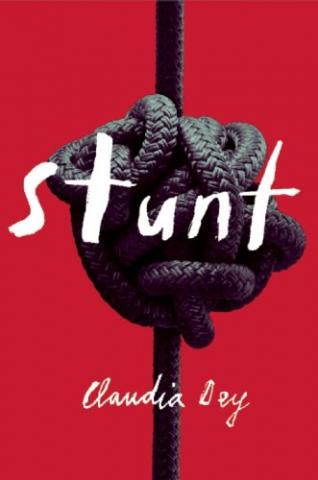
Eugenia Ledoux, nine years old, wakes to a note from her father: ‘gone to save the world. sorry. yours, sheb wooly ledoux. asshole.’ Eugenia is left behind with her mother, the sharp-edged B-movie actress Mink, and her sister, the death-obsessed and hauntingly beautiful Immaculata. When Mink climbs into the family car and vanishes, Eugenia doubles in age overnight, but remains the dark and diminutive creature who earned the nickname ‘Stunt.’
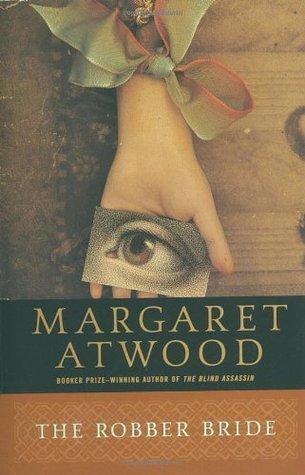
The Robber Bride was first published in 1993. Set in present day Toronto, Ontario, the novel follows three women, Roz, Charis, and Tony, who meet once a month at a resturant where they share a meal. During one of these outings, the three women see an old classmate, Zenia, creating an onset of memories through the perspectives of the women.
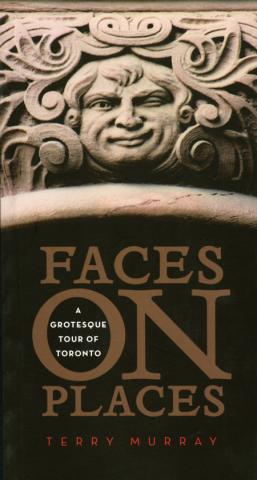
Faces on Places takes us up into the the sky to the fascinating world of creatures and icons that watch over Toronto and its inhabitants. Terry Murray invites readers to delve into the little-know and often overlooked grotesque world of gargoyles and cherubs and caricuatures that adorn some of Toronto's most prominent buildings.
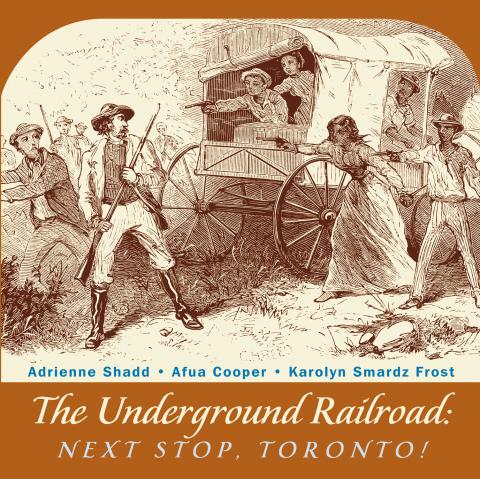
The Underground Railroad: Next Stop, Toronto!, a richly illustrated book, examines the urban connection of the clandestine system of secret routes, safe houses and "conductors." Not only does it trace the story of the Underground Railroad itself and how people courageously made the trip north to Canada and freedom, but it also explores what happened to them after they arrived.
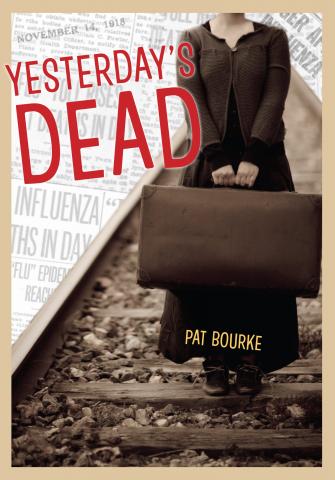
Thirteen-year-old Meredith yearns to become a teacher but must leave school to help support her family. To find the best paying job for a young girl of her class, she travels to the city to work as household help in a doctor’s home. From the start, her life is made difficult by the cantankerous and prickly butler, and confrontations with Maggie, the doctor’s spoiled thirteen-year-old daughter.
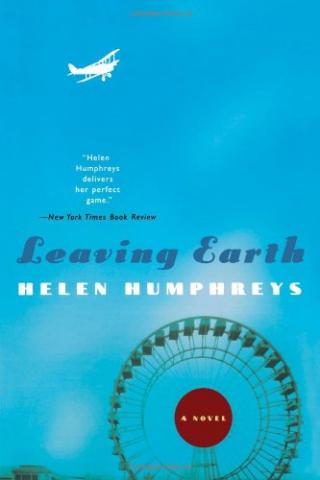
On August 1, 1933, two young women, the famous aviatrix Grace O'Gorman and the inexperienced Willa Briggs, take off in a tiny Moth biplane to break the world flight endurance record. Their plan: to circle above the city of Toronto for twenty-five days.
Governor General’s Literary Award-nominated biographer Elspeth Cameron turns her eye on a member of her own family in this fascinating study of an Edwardian woman. Winnie Cameron, Elspeth’s aunt, was born in Seattle, raised briefly in Dawson City, and then moved to Toronto to live in Rosedale with her family in the 1910s. Enjoying status as a member of Toronto’s ruling Anglophile elite, she became a perpetual debutante – a lifestyle that left her bankrupt, unable to cope with the demands of her changing times.
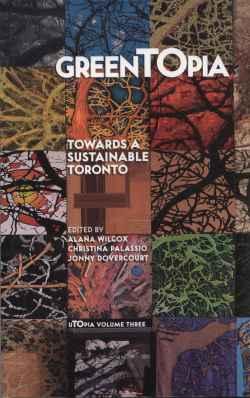
More trees. Hydrogen-fuelled cabs. Urbiology. A new model of taxation. Solar panels on big-box stores. The art of salvage. Composters for dog poo in city parks. Retrofitting our urban slabs. Gardening the Gardiner. Ravine City. What would make Toronto a greener place?
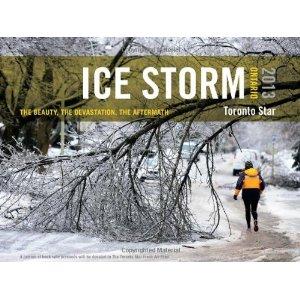
On December 22, 2022 as eastern Canadians were getting ready for the holidays, a bizarre weather system brought crippling freezing rain to central and eastern Ontario, Quebec and New Brunswick. Over 300,000 people lost power in Toronto alone and 70,000 were still without it on Christmas morning. Officials estimate that 40% of power lines in the GTA were affected and more than 20% of Toronto’s tree canopy was destroyed.
Globe and Mail columnist Sandra Martin honours the lives of Canada's famous, infamous, and unsung heroes in this unique collection of obituaries of the first decade of the twenty-first century. Here are Canadian icons such as Prime Minister Pierre Trudeau, economist John Kenneth Galbraith, social activist June Callwood, and urban theorist Jane Jacobs. Here are builders such as feminist and editor Doris Anderson, and businessman and famed art collector Ken Thomson.
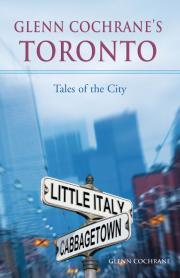
For a quarter century, Glenn Cochrane, of CFTO's six o'clock news, left viewers with a smile by scouring the city for the genuine eccentrics and landmark fests that put Hogtown on the map.
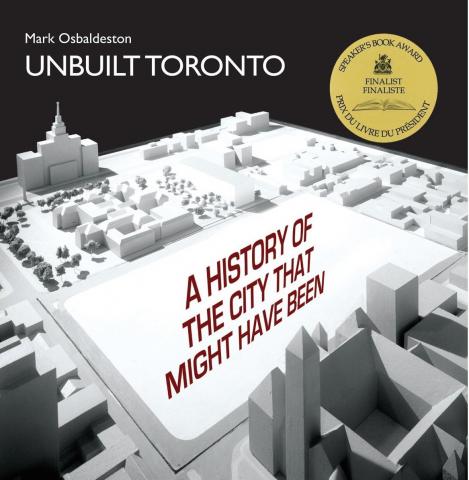
Unbuilt Toronto explores never-realized building projects in and around Toronto, from the citys founding to the twenty-first century. Delving into unfulfilled and largely forgotten visions for grand public buildings, landmark skyscrapers, highways, subways, and arts and recreation venues, it outlines such ambitious schemes as St. Alban's Cathedral, the Queen subway line and early city plans that would have resulted in a Paris-by-the-Lake.
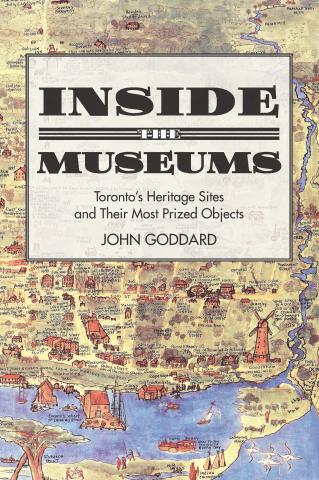
Inside the Museums tells the stories of ten of Toronto's heritage properties, their history, and some of the secrets held within their historic walls. It is the perfect companion for any walk through Toronto's old world, providing wondrous context for a world often passed-by.
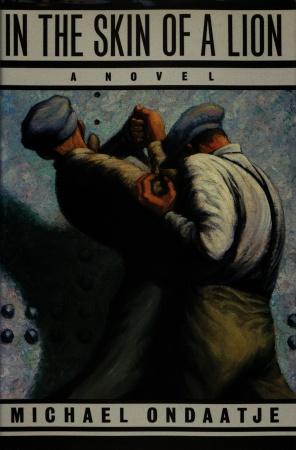
In the Skin of a Lion is a love story and an irresistible mystery set in the turbulent, muscular new world of Toronto in the 20s and 30s. Michael Ondaatje entwines adventure, romance and history, real and invented, enmeshing us in the lives of the immigrants who built the city and those who dreamed it into being: the politically powerful, the anarchists, bridge builders and tunnellers, a vanished millionaire and his mistress, a rescued nun and a thief who leads a charmed life.
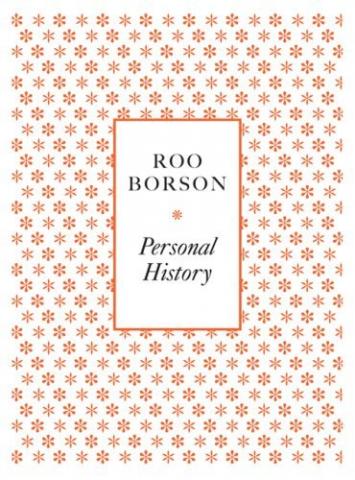
Personal History is a book consisting of eight essays in the belles lettres tradition. Of the work, Borson writes: "From the inside, each life seems an unbounded world; from the outside, a design can at times be seen.
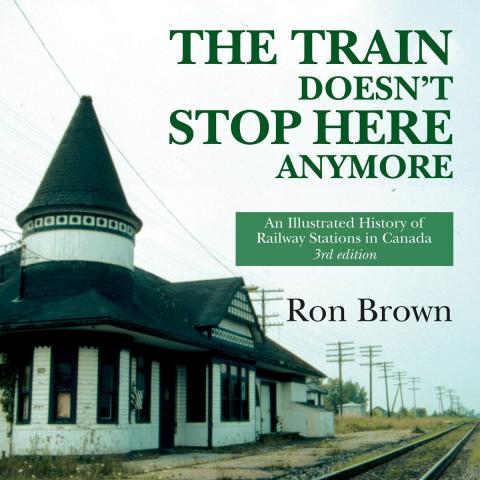
Despite the "green" benefits of rail travel, Canada has lost much of its railway heritage. Across the country stations have been bulldozed and rails ripped up. Once the heart of communities large and small, stations and tracks have left little more than a gaping hole in Canada's landscapes. This book revisits the times when railways were the country's economic lifeline, and the station the social centre.
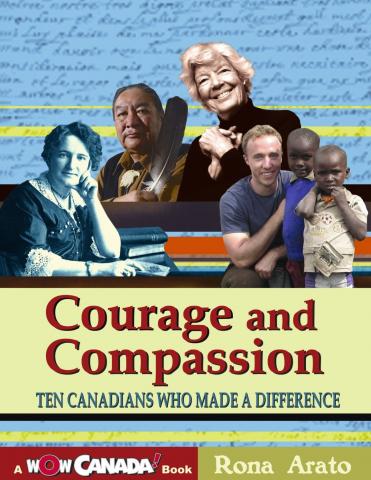
There are many great Canadians who deserve recognition for what they have done for the nation and its people. This book profiles ten of these individuals who rose above with their courage and compassion, protecting the things that we as a community and as a nation hold close to our hearts. These heroes are men, women and even children throughout four hundred years of this nation's history who deserve our attention and our admiration.
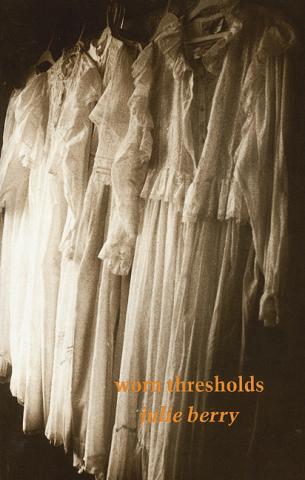
Reading Julie Berry’s poetry means entering a new poetic space, crossing thresholds of pain and delight at once raw and refined. “like marie d’oignies who buried bloody/ mouthfuls of herself/ in the garden/ i need my poems to be like this,” Berry writes in “Touching Ground.” “Like this” is finely-turned and constantly surprising, haunting as plainsong, throaty as the blues.
Taking inspiration from John Glassco’s Memoirs of Montparnasse, Young Hunting is both a story of discovery and transformation. While Toronto changes around him, from a puritanical British colonial outpost to a mixing bowl filled with colourful cultural components, a young boy emerges from his middle class childhood to become a flamboyant adolescent a questioning adult who refuses to accept conventional wisdom.
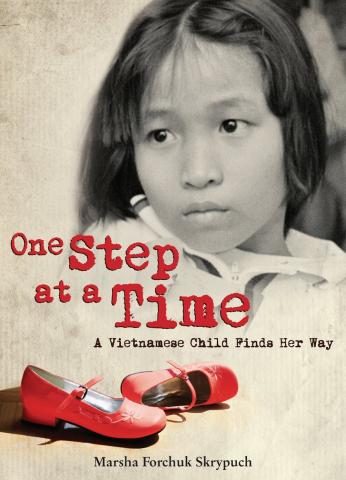
Tuyet cannot believe her good fortune. Brought up in a Vietnamese orphanage and rescued from the invading North Vietnamese army, she has been adopted by a kind and loving family in Canada. Tuyet feels safe at last as she adjusts to a new language and unfamiliar customs. But polio has left her with a weak leg, and her foot is turned inward, making walking painful and difficult. There is only one answer; she must have a series of operations.
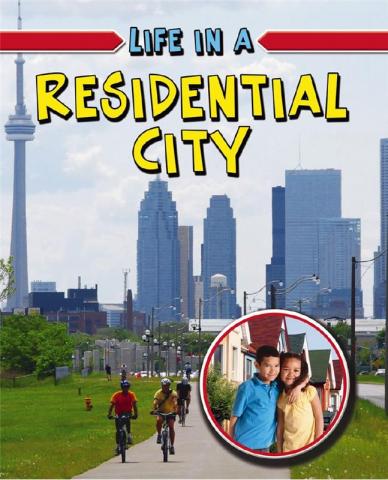
With Toronto, Ontario as a featured example, Life in a Residential City provides insight for children into living in the housing zone of a big modern city. With a focus on where people live as opposed to where they work, this book explains the many different areas of a city that make living possible, including the people, the traffic, the roads and the buildings.
In Becoming Modern in Toronto, Keith Walden shows how the Toronto Industrial Exhibition, from its founding in 1879 to 1903 (when it was renamed the Canadian National Exhibition), influenced the shaping and ordering of the emerging urban culture. Unlike other studies of its kind, it fully integrates experiences on and off the fairground by viewing the fair as a microcosm of developing structures in the city and surrounding rural areas.
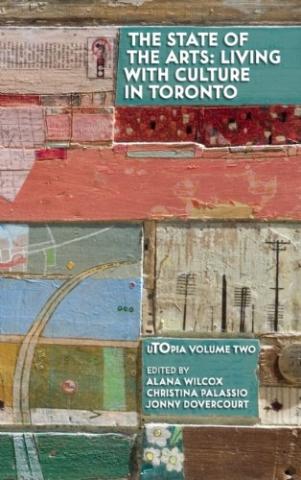
City Hall proclaimed 2006 the Year of Creativity. ‘Live With Culture’ banners flap over the city. And across the city, donors are ponying up millions for the ROM and the AGO. Culture’s never had it so good. Right?
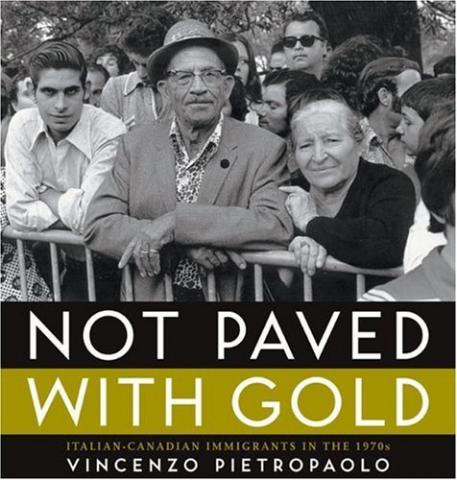
This collection of stunning photographs and inspired commentary documents the lives of Italian immigrants to Toronto. Award-winning photographer and cultural historian Vincenzo Pietropaolo has spent much of his life taking pictures inside the tightly knit Italian-Canadian community. While the images in this book are part of the fabric of life in Toronto, they transcend the specificity of place to evoke the lives of immigrants in cities around the world.
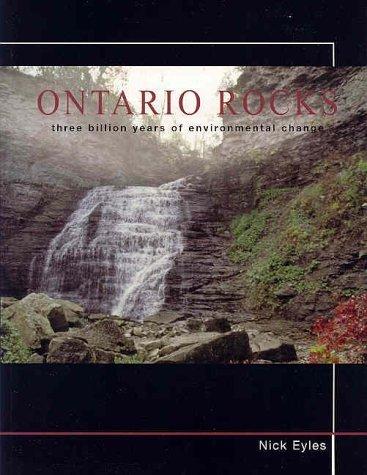
Ontario Rocks tells this fascinating 3 billion year long story of Ontario's geological evolution, from its beginnings as part of an early landmass called Arctica, its incorporation into enormous supercontinents, through to the repeated ice ages and abrupt climatic changes of the last few thousand years. Merging Canadian geology with global evolution, this highly illustrated survey also touches on the development of Ontario's mining and oil industries, and the commercial use of rocks as building material.
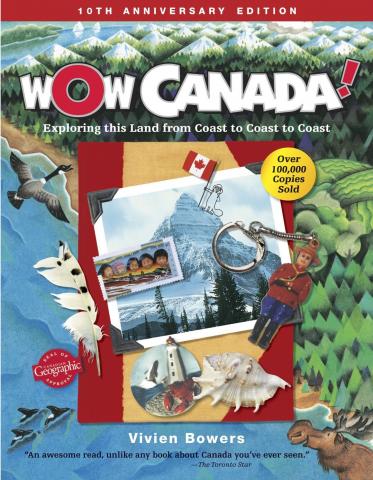
A story told through the perspective of 12-year-old Guy and his family, this Wow Canada! 10th Anniversary book takes us on a journey throughout the country and its many splendors. Guy and his family travel across the country and discover hidden gems and informative fact about Canada and all that it has to offer.
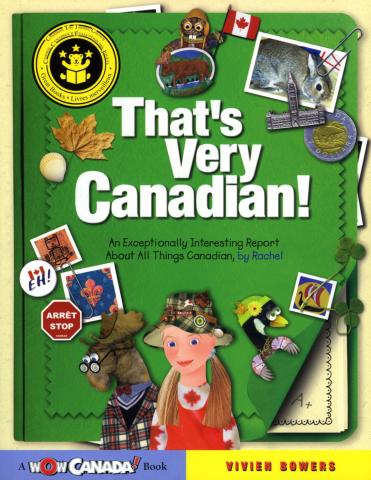
The voice of Rachel through her school project on Candian symbols sheds light on Canada and its unique national identity. Part of the Wow! Canada series, That's Very Canadian is an investigation into what makes Canadians what they are. From offical symbols to unoffical understandins, Rachel looks at what makes this nation a nation.
Carla Hartsfield sings praises to the unusual: a rose blooming in December; an angel dancing on a cardiologist’s scanner; Glenn Gould playing Brahms at Angelo’s Garage. But these are common occurrences in Your Last Day on Earth, the everyday world and the metaphysical realm sharing the same ecstatic poem. Hartsfield transforms the contents of her psyche into music that we can all hear, the kind that replays for days in the dark, dreamy parts of our selves.
She was here inside the purple-eyed daisies
and honeysuckle lining the fence –
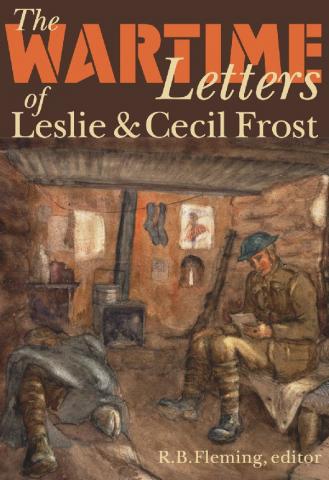
The Wartime Letters of Leslie and Cecil Frost, 1915–1919 brings to light the correspondence between two officer brothers and their family at home from 1915 to 1919. Despite wartime censorship, Leslie and Cecil wrote frank and forthright letters that show how the young men viewed the war, as well as what they observed both during training and from the trenches in some of the war’s bloodiest battles.
Mary Armstrong’s diaries are a window into the daily life of a middle-class woman in a new and changing land, and a revealing account of life in early Toronto just before and after confederation. Her journals are one of very few published by Canadian women, especially women outside the upper classes, in the decades surrounding the mid-nineteenth century.
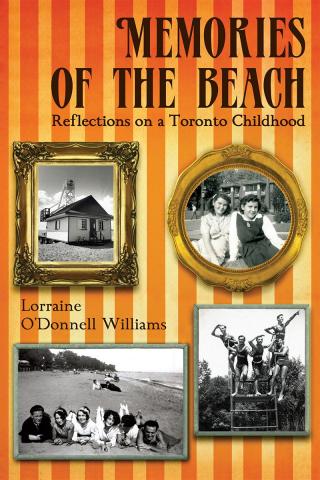
In this rare combination of history and memoir, Lorraine O'Donnell Williams details life within Toronto's Beach community in the 1930s and '40s from the vantage point of her front verandah, which abutted the boardwalk. Her extensive research has uncovered numerous hidden facets of the heritage of this exceptional neighbourhood, including the stories of what was in its time one of North America's most remarkable amusement parks, the popular dance hall, and how the area was transformed from cottage to urban living.
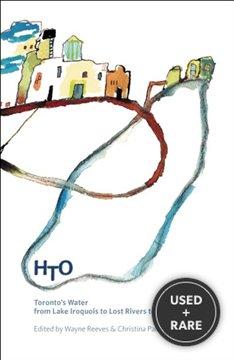
Drained by a half-dozen major watersheds, cut by a network of deep ravines and fronting on a Great Lake, Toronto is a city dominated by water. Recently, the trend of fettering Toronto’s water and putting it underground has been countered by persistent citizen-led efforts to recall and restore the city’s surface water.
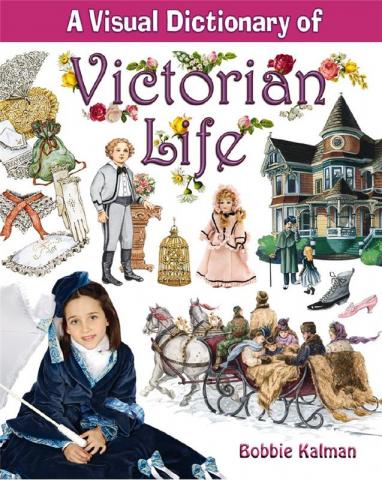
This illustrated dictionary introduces readers to life in North America during the Victorian era, between 1837 and 1901. Beautiful illustrations show how the way of life of the settlers in North America was influenced by the customs and traditions of Victorian England. Themes include the ornate Victorian home, the fancy fashion for men, women and children, the introduction of Christmas celebrations and the way of life in wealthy families.
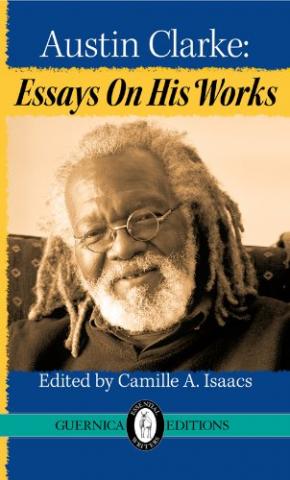
Austin Clarke: Essays On His Works is a collection of one of Toronto's best known figures. Clarke is a writer, a politician and a social commentator with many published works under his name. He documented the West Indian immigrants condition in one of the most profound ways, giving a voice against the racism and discrimination that plagued him and his people.
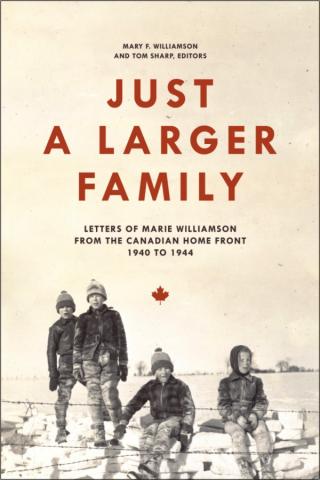
The Second World War had been under way for a year when Marie and John Williamson welcomed two English brothers to join them and their two children in their small house in north Toronto for the duration of the conflict. Marie wrote over 150 letters to the boys’ mother, Margaret Sharp, imagining that she could make Margaret feel she was still with her children. She shepherded the boys through education decisions and illnesses, eased them into a strange new life, and rejoiced when they embraced unfamiliar winter sports.
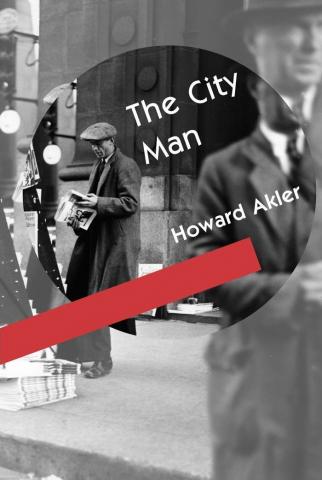
March 6, 1934. Hundreds gather outside City Hall to celebrate the Toronto Centenary. In the crowd, pickpocket Mona Kantor and her partner, Chesler, are ‘in the tip,’ finding easy pickings among the jostling masses. Eli Morenz, city man for the Daily Star, is covering the festivities and uncovering the pickpocket racket working the scene. A surreptitious photo and some keen research lead him to an underworld dive in Kensington Market where Toronto’s pickpockets converge – and to Mona.
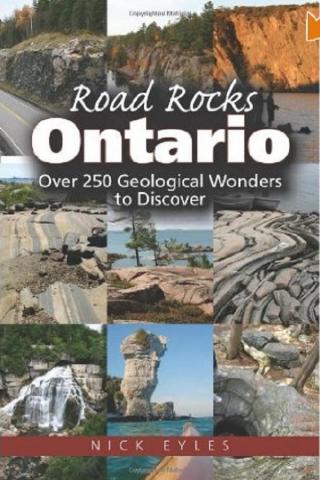
Ontario's rich geologic history is illustrated here by short descriptions of more than 200 field sites ranging from Timmins in the north to Windsor in the south. These include the Sleeping Giant near Thunder Bay; Agawa Canyon; the Sudbury meteorite crater; Niagara Escarpment; the Falls and Gorge; numerous caves, the mineral-rich Bancroft area; and the high lakeshore cliffs at Scarborough Bluffs. Some sites are sacred to First Nations and are associated with spectacular rock art.
Granddaughters, asters, Medea cakes, para pom tandle, Mrs. Roker raking, Caraquet, angelic recurrence, Neruda, zupzupzup, the high bush cranberries, the Somme, a waterfall in Iceland that cries by the thousandsful, the Strawberry Shaman and the Japonica Bushelful Bountiful Lady: you would never mistake a Colleen Thibaudeau wordscape for any other. Her poems might have been written just after the imagination was invented.
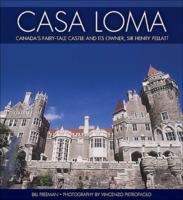
This beautifully illustrated book tells the story of Casa Loma, Toronto's most famous historic site, and its owner, Sir Henry Pellatt.
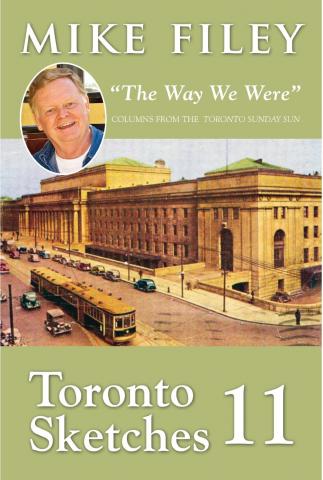
Mike Filey’s column “The Way We Were” first appeared in the Toronto Sunday Sun not long after the first edition of the paper hit the newsstands on September 16, 1973. Now, almost four decades later, Filey’s column has enjoyed an uninterrupted stretch as one of the newspaper’s most widely read features. In 1992 a number of his columns were reprinted in Toronto Sketches: “The Way We Were.” Since then another nine volumes have been published, each of which has attained great success.
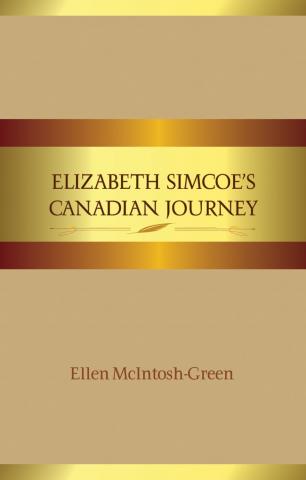
Elizabeth Simcoe was married to first Lt. Governor of Upper Canada John Graves Simcoe. She was a privileged, upper-class, English woman who refused to be left behind in England, therefore travelling with her husband and carving an English society out of what is now recognized as Ontario. Unparalleled by anyone in her time, Elizabeth forged through Lower and Upper Canada, creating one of the most inspiring and tragic stories of Canada.
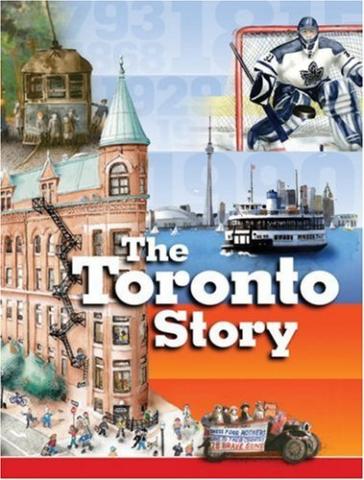
This is the story of a city and how it grew from an unknown and sparsely populated place to the sprawling, colorful metropolis that more than three million people call home.
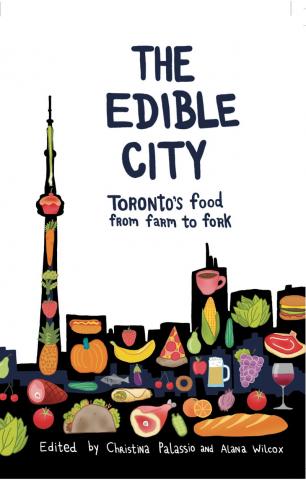
If a city is its people, and its people are what they eat, then shouldn’t food play a larger role in our dialogue about how and where we live? The food of a metropolis is essential to its character. Native plants, proximity to farmland, the locations of supermarkets, immigration, the role chefs can and should play in society - how a city nourishes itself makes a statement about the kind of city it is.
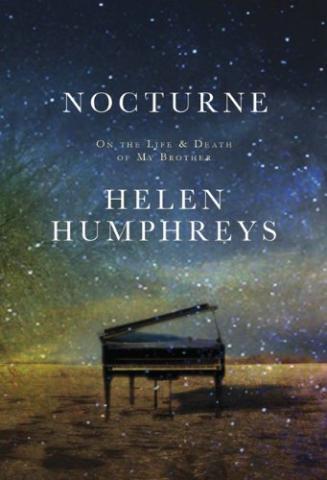
Helen Humphreys’ younger brother was gone before she could come to terms with the fact that he had terminal cancer. Diagnosed with stage 4B pancreatic cancer at the age of forty-five, he died four months later, leaving behind a grieving family. Martin was an extraordinary pianist who debuted at the Royal Festival Hall in London at the age of twenty, later becoming a piano teacher and senior examiner at the Royal Conservatory of Music. The two siblings, though often living far apart, were bonded on many levels.
Glenn and Jean Cochrane have lived in Toronto’s Beach area for thirty-eight years — which sounds like a lifetime but really leaves them as a relative newcomers. Like many of the area’s residents, the Cochranes are convinced that once someone moves to the Beach, they’ll never leave.
In 1855, Willowdale's post office opened in Jacob Cummer's store on Yonge Street. Today, streets in Toronto's community of Willowdale are peppered with the names of the early farm families of North York, such as the Shepards, Finches, and Kennedys.
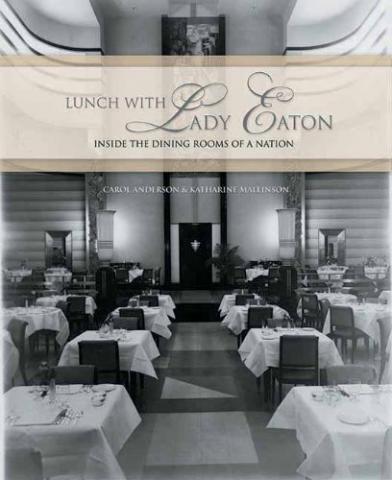
Flora McCrae Eaton was a visionary, a philanthropist, a socialite, a businesswoman, a world traveller, a mother, and ultimately, she was a woman who set the pace for a new shopping and dining aesthetic that changed retail and restaurants for generations in Canada.
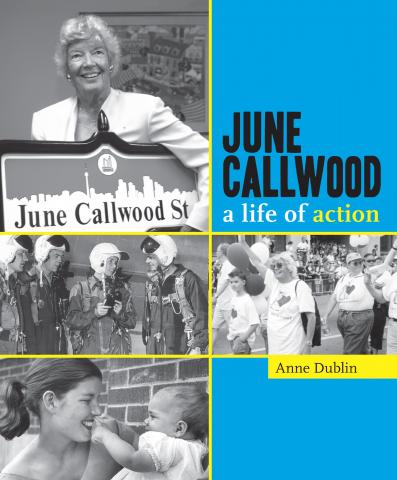
This biography is the first ever for young readers on the inspiring life of June Callwood, one of Canada's greatest journalists and humanitarians. Filled with images and details of June's life from her humble beginnings in small-town Ontario to her much-lauded contributions later in her life, June Callwood: A Life of Action gives children everywhere important issues and questions to ponder.
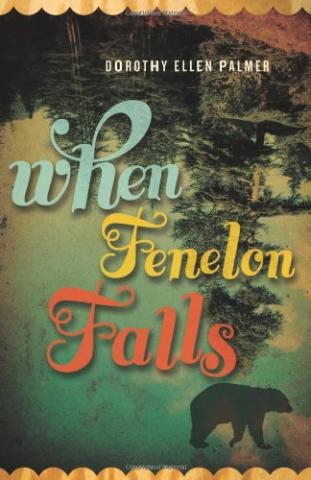
A spaceship hurtles towards the moon, hippies gather at Woodstock, Charles Manson leads a cult into murder and a Kennedy drives off a Chappaquiddick dock: it’s the summer of 1969. And as mankind takes its giant leap, Jordan May March, disabled bastard and genius, age fourteen, limps and schemes her way towards adulthood. Trapped at the March family’s cottage, she spends her days memorizing Top 40 lists, avoiding her adoptive cousins, catching frogs and plotting to save Yogi, the bullied, buttertart-eating bear caged at the top of March Road.
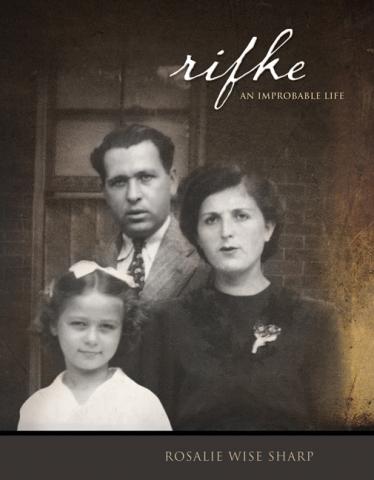
Rifke (Rosalie Wise Sharp) grew up in North Toronto in a household very different from those of her peers. Her family's traditional Yiddish customs and hard life style made her feel like she was born into the wrong family. Over the course of her life - and its many experiences that range from despair to incredible wealth - Rifke realized the spartan lifestyle of her parents did wonders to stretch her mind, her creativity, and the importance of remember one's roots.
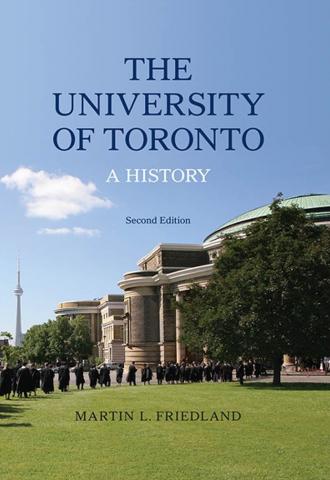
The University of Toronto is Canada’s leading university and one of Canada’s most important cultural and scientific institutions. In this history of the University from its origin as King’s College in 1827 to the present, Martin Friedland brings personalities, events, and changing visions and ideas into a remarkable synthesis.
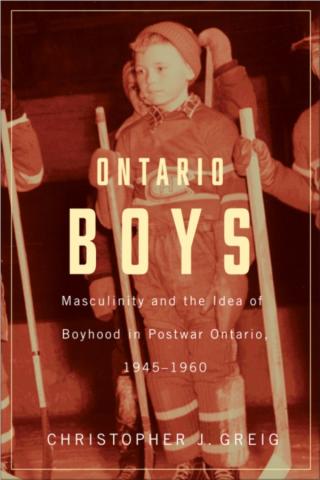
Ontario Boys explores the preoccupation with boyhood in Ontario during the immediate postwar period, 1945–1960. It argues that a traditional version of boyhood was being rejuvenated in response to a population fraught with uncertainty, and suffering from insecurity, instability, and gender anxiety brought on by depression-era and wartime disruptions in marital, familial, and labour relations, as well as mass migration, rapid postwar economic changes, the emergence of the Cold War, and the looming threat of atomic annihilation.
Kate Cayley’s is a mind both studious and curious, deeply attuned to the question “what if?” What if Nick Drake and Emily Dickinson met in the afterlife? What if a respected physician suddenly shrank to the size of a pea? What if the blind twins in a Victorian photograph could speak to us? What if we found another Earth orbiting another sun?
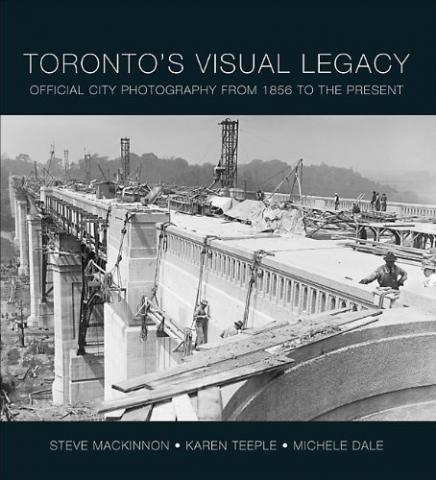
Twenty-five fascinating images that offer a 360º panorama of the Toronto's downtown in 1856-57 mark the beginning of the use of photographs to document Toronto's growth, its achievements, its great civic works, and its citizenry. Since 1856, the City of Toronto has been commissioning photographs to document and to promote it.
This book, published to celebrate the 175th anniversary of the city's incorporation, brings together more than 100 of these images, selected by city archivists from their collection of hundreds of thousands.
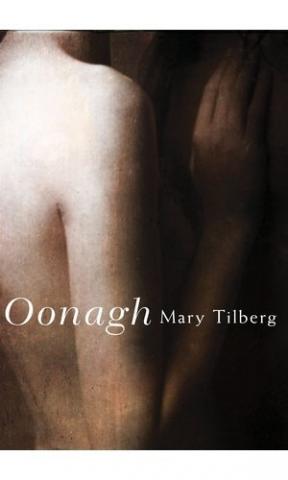
In 1831, eighteen-year-old Oonagh Corcoran emigrates with her sister from southern Ireland to Upper Canada. In the deep folds of cool, green forest off the vast inland sea of Lake Ontario, she believes she has found paradise — only to discover that the New World harbours its own horrible injustices when she meets a fugitive slave from Virginia named Chauncey Taylor.
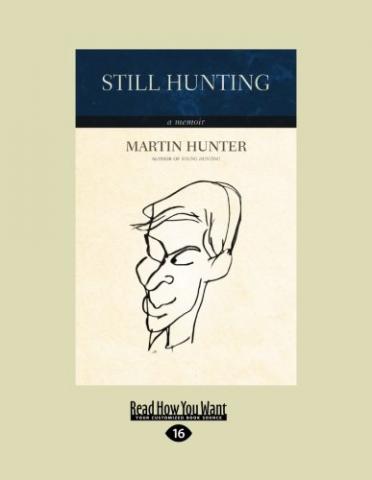
Picking up where his first memoir, Young Hunting, left off, Martin Hunter writes of his return to Toronto in the 1960s. He marries his teenage sweetheart, goes to work for the family paper company, fathers three children, and settles into a bourgeois lifestyle. But not for long.
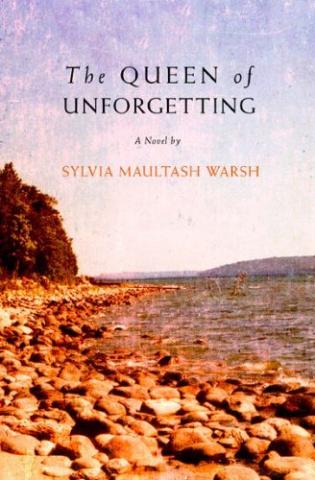
Approaching a scholar and critic as legendary as Northrop Frye is a daunting task — but not for Mel Montrose. Armed with a prestigious academic award and a nothing-to-lose attitude, she convinces Frye to supervise her ambitious thesis exploring E.J. Pratt’s epic poem about Jesuit missionary Jean de Brébeuf. To embark on her study, Mel takes a job at the newly reconstructed historical site at Sainte-Marie among the Hurons, where de Brébeuf and seven other missionaries met their tragic ends.
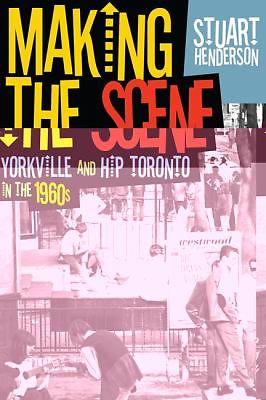
Making the Scene is a history of 1960s Yorkville, Toronto's countercultural mecca. It narrates the hip Village's development from its early coffee house days, when folksingers such as Neil Young and Joni Mitchell flocked to the scene, to its tumultuous, drug-fuelled final months. A flashpoint for hip youth, politicians, parents, and journalists alike, Yorkville was also a battleground over identity, territory, and power.